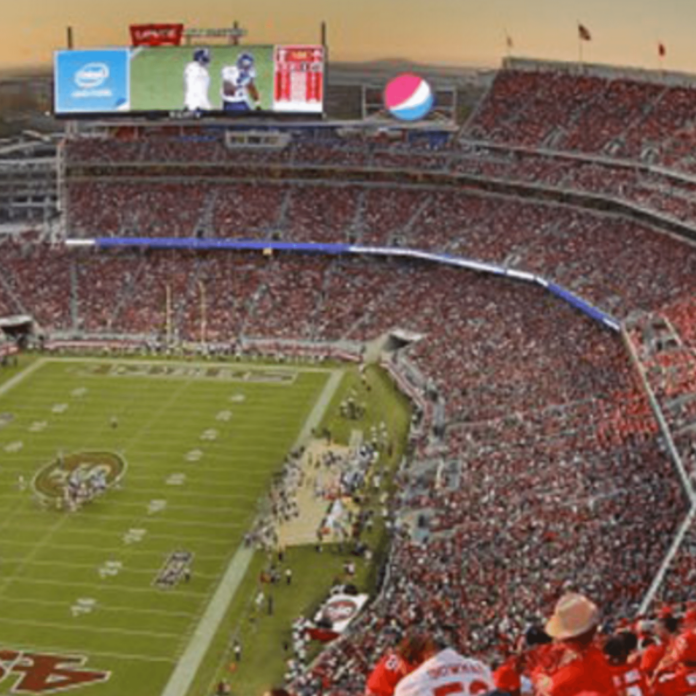Carriers upgrades DAS, small cells, cells on wheels and more ahead of big game
More than 75,000 football fans are expected to descend on the San Francisco metropolitan area for the Feb. 7 Super Bowl. To keep up with the expected demand for LTE capacity, Verizon Communications and AT&T made numerous infrastructure upgrades to accommodate the influx of data hungry mobile users.
According to AT&T, the carrier has spent more than $25 million on its Bay Area network in preparation for the Super Bowl, which will be held at Levi’s Stadium in Santa Clara, California. For its part, Verizon, which is a major sponsor of the event, says it has spent $70 million on upgrades ahead of the event.
AT&T said it upgraded its distributed antenna system to increase LTE network capacity by 150% as compared to when the football season kicked off last year. AT&T also upgraded or deployed new DAS nodes at 26 other locations, including the airports in San Francisco and Oakland and convention centers in Santa Clara and San Francisco. The carrier is also deploying nine cells on wheels and two “super COWs,” which are exactly what they sound like.
“When our customers head out in the Bay Area to cheer on their favorite team, we want them to have a great network experience no matter what they’re doing – making a call, checking email or sharing their favorite moments on social media,” Jeni Bell, VP and GM of AT&T Northern California, said. “Many of the network enhancements deployed in the Bay Area for the big game are permanent and will continue to benefit customers after. It’s just one way we’re continuing to invest in our Northern California wireless network.”
Verizon reps say the $70 million Super Bowl investment will “triple LTE wireless data capacity in the Bay Area for the Super Bowl. That’s an investment that will benefit customers living in and traveling to northern California well into the future, too, adding capacity for web browsing, video streaming, social media posting and more.”
Verizon network infrastructure deployments including commissioning 16 new cell sites, installation of 75 small cells; a new “patented antenna system to reach the lower stadium seats,” and planned deployment of 14 mobile cell sites, among other projects. Verizon Wireless engineering director Jacob Hamilton said the new antennas would provide the data capacity fans wants without detracting from the look of the city of the event.
“I think if you walk down the street, you won’t even notice these,” Hamilton said of the small cells. “Verizon sponsors the Super Bowl. Our name’s going to be all over Super Bowl City, our network has to perform great. In some areas where speeds weren’t good before, you’re going to notice a difference.”
This particular small cell deployment is largely reliant on street pole placement. According to Hamilton, each pole will support two Ericsson micro radio units and one small antenna measuring roughly 2 feet by 15 inches or less. One radio will support Verizon Wireless’ 1.7/2.1 GHz frequency band and one will support the 1.9 GHz frequency band. At 5 watts per channel, the radios require less power and space than those used in traditional cell sites.

